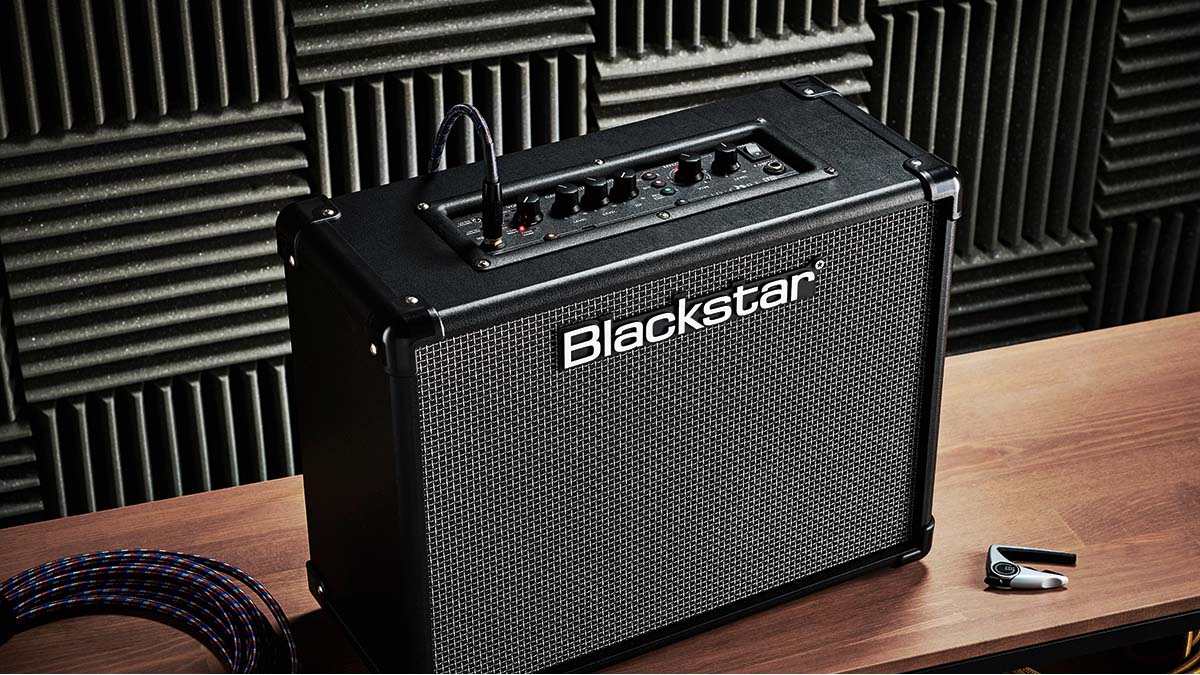Guitar World Verdict
The ID:Core V3 Stereo 40 has everything you could want in a digital practice combo. It returns newly voiced and improved, offering a quite breathtaking performance, and it won't break the bank.
Pros
- +
Great-sounding entry-level modern practice amp.
- +
Heaps of features.
- +
Recording tool.
- +
Highly competitive price.
Cons
- -
At this price? We can’t think of anything negative.
You can trust Guitar World
Like rust, technology never sleeps and if you don’t keep moving forwards you end up getting left behind. Happily, that’s not something you could say about Blackstar, where a continuous program of improvement seems to come up with something new and innovative almost every week.
This time round, it’s the turn of Blackstar’s popular ID:Core entry-level practice combos to get the upgrade treatment, along with a similar refresh for the Insider software app that partners them.
So, let’s take a look at the biggest of the new three-amp mini range, the ID:Core V3 Stereo 40 combo. Like all Blackstar amps, the ID:Core V3 Stereo 40 has a smart, purposeful vibe, covered in decent quality black vinyl over a robust MDF cabinet, with a recessed grip handle on the back.
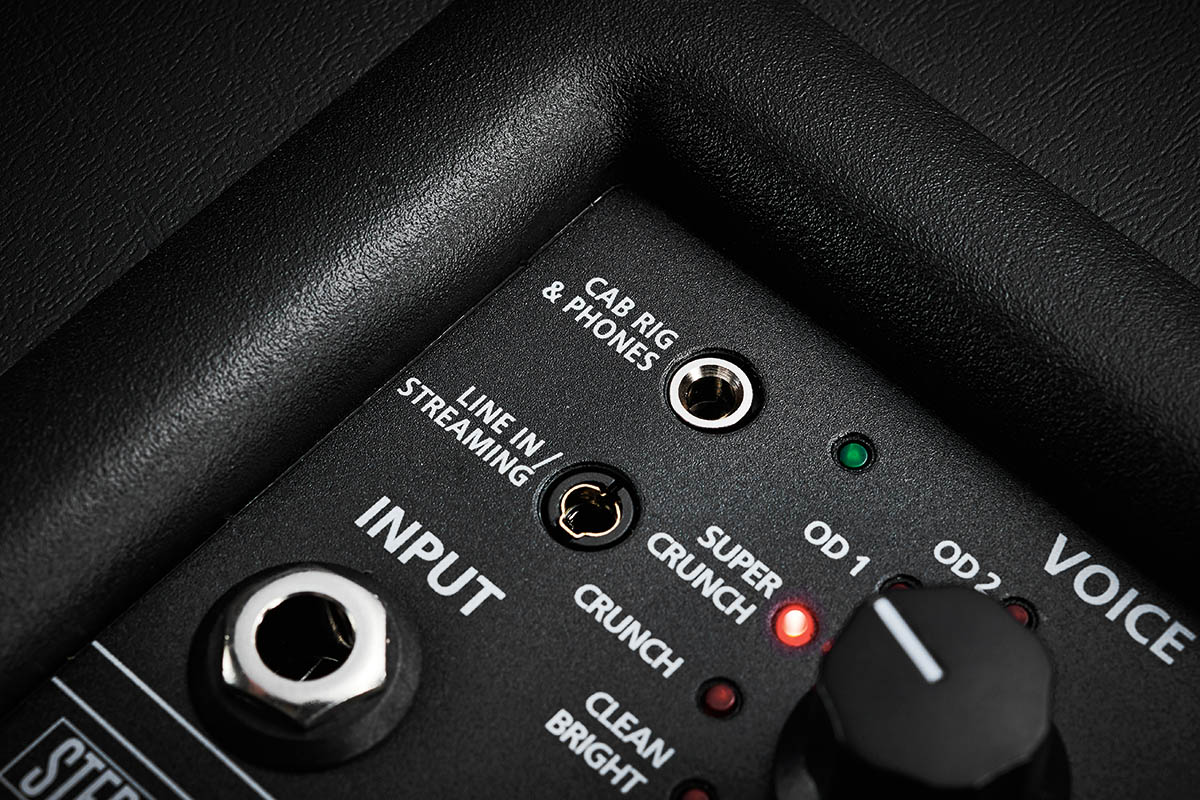
Behind the classy black and silver grille cloth sit two 6.5-inch full-range Blackstar loudspeakers, while the electronics live on a printed circuit board placed underneath the control panel. Most of the components are surface mount, which makes the ID:Core’s technology possible in such a small space, as well as lowering the power requirements.
Here, power comes from a laptop-style external supply, or there’s the optional PB-1 battery pack for mains-free use anywhere. The new ID:Core amps share identical controls, which should be familiar to anyone with previous Blackstar experience and easy to understand for first-timers.
Over the single-input jack are two 3.5mm sockets. One is for headphones, featuring speaker simulation from Blackstar’s new Cab Rig Lite emulation engine, while the other is an aux/line in but also sends audio out via a TRRS (tip, ring, ring, sleeve) cable.
This new feature makes easy live streaming possible without the need for any outboards – simply connect the ID:Core to your mobile device (iPhones and iPads will need a TRRS to Lightning adaptor) and away you go. Next to the input jack is the voice selector, with two choices each for clean, crunch and overdrive, together with gain and level controls.
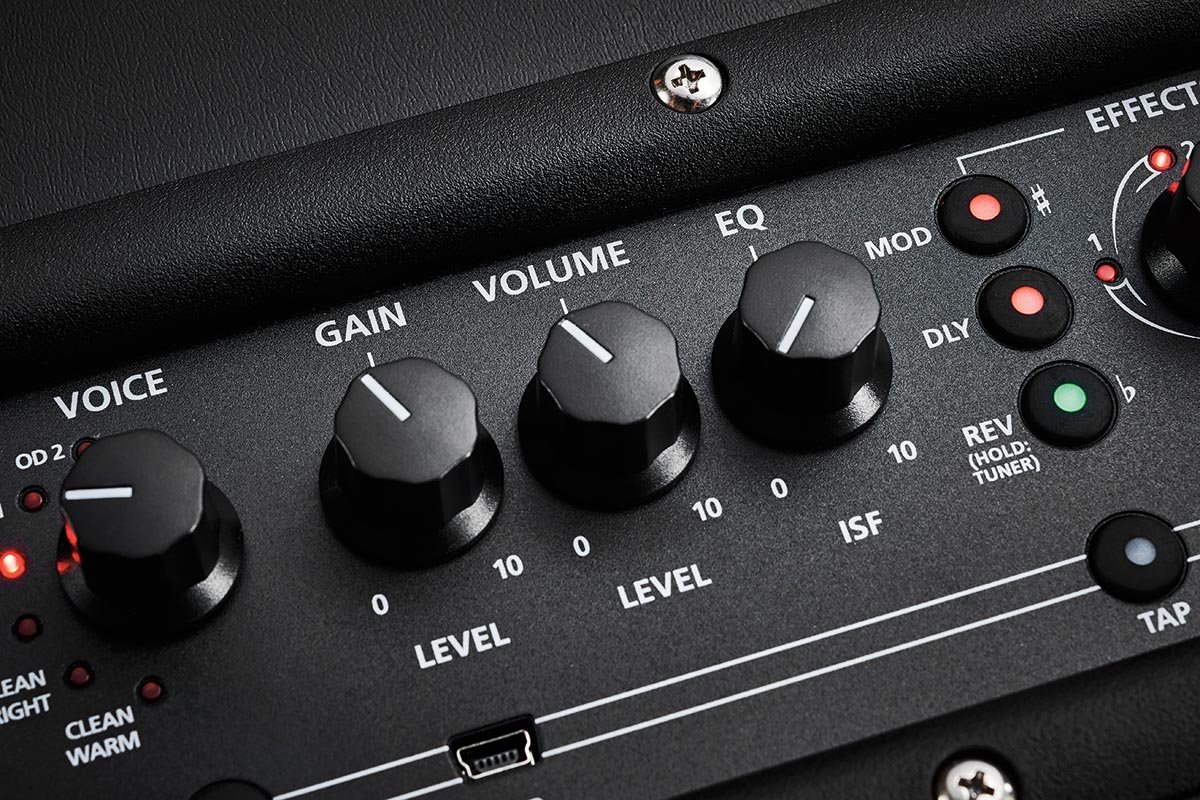
Hardware EQ is limited to Blackstar’s patented ISF (Infinite Shape Feature) knob, which progressively changes the entire EQ stack from classic USA to UK, providing a wide range of subtle enhancement, with slightly scooped mids at one end and slightly boosted mids at the other. The ID:Core V3’s bass, mid and treble controls now exist on the other side of the screen in Blackstar’s new Architect app, which replaces the Insider software on all amps that use it, past and present.
Moving on to the effects section, there are focus/edit buttons for the ID:Core’s built-in modulation, delay and reverb, with four effects available for each type and a tap tempo button to manually alter speed.
A rotary selector takes care of effects selection and a main parameter, while a Level control adjusts rate or time. Towards the bottom of the control panel, there’s a Manual/Store button, which puts the ID:Core into Manual mode and stores patch presets, one in each of the six amp voice slots. A USB mini ‘B’ socket connects the ID:Core to a desktop for recording and editing with the Architect app.
The USB audio is versatile, with four simultaneous output channels including stereo left and right, a mono ‘dry’ preamp without effects, and a clean guitar signal as it appears at the input jack for reamping. The USB also accepts stereo left and right line inputs and a clean guitar reamping input on channel 3.
Feel & Sounds
The ID:Core Stereo 40’s twin full-range loudspeakers kick out plenty of volume and bass, with a valve-like dynamic kick from each of the six amp voices making for a rewarding playing experience.
Both clean sounds are great for rhythm work: Clean Warm has the highest headroom, while Clean Bright can be pushed into a mild, chiming overdrive. Crunch is a ticket to 70s classic rock, while Super Crunch has a more contemporary voicing with extra gain.
OD1 is the smooth ballad solo overdrive, and then, finally, OD2 is aimed more at metal, with a tight, fast attack. Super Crunch is the real stand-out for us – articulate and responsive with a hint of OD2, it’s ideal for classy fusion leads and cleans up nicely with the volume control.
The revoiced effects are superb and definitely a step up in quality, with lush modulations, plenty of delay options and a choice of plate, room, hall and spring reverbs, enhanced by the clever Super Wide Stereo effect, which gives the illusion of a much wider sound stage.
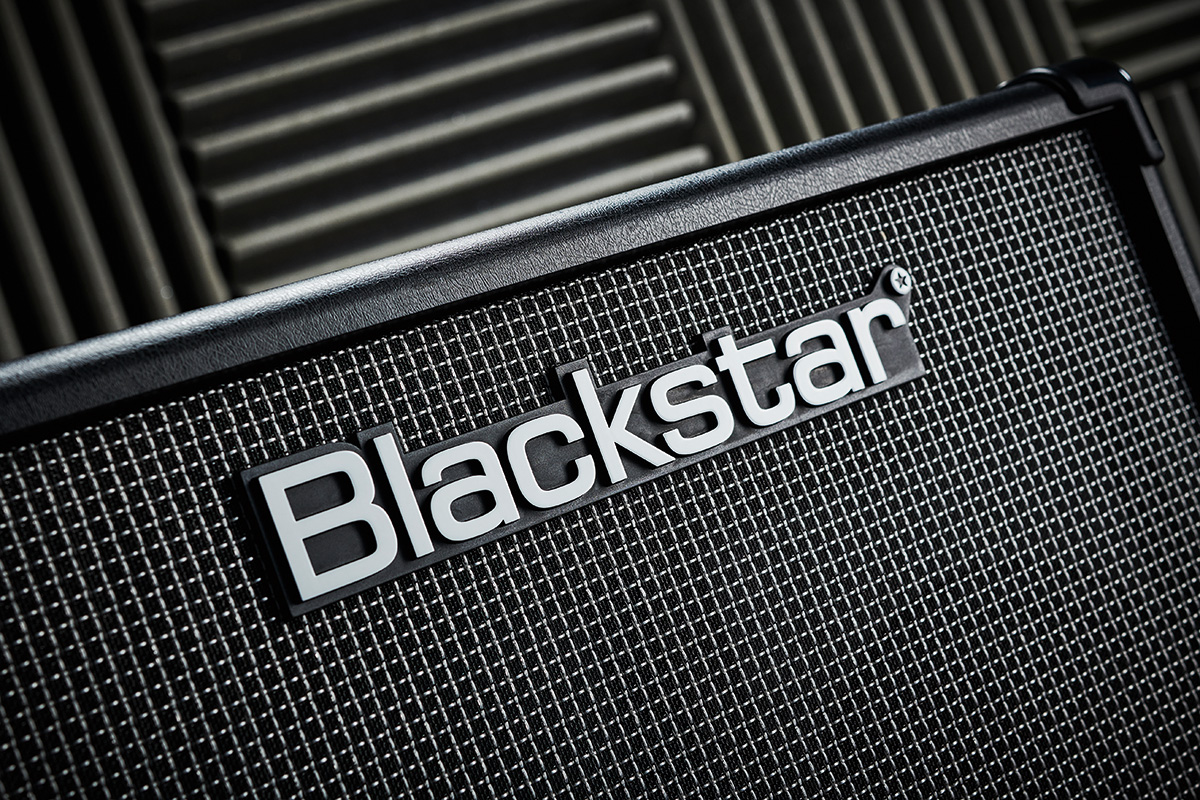
The Architect software is an integral part of the playing experience, allowing real-time editing as well as storing and saving patches. There are clever ‘randomise’ buttons for those moments when creativity needs a nudge; rolling the dice for unexpected preamp and effects combinations works really well and adds to the fun.
The app is a breeze to use – updates to the software and amp firmware are painlessly downloaded and applied at start-up, while the clean, uncluttered graphics make it easy to navigate.
Blackstar’s Cab Rig Lite is superb and far more flexible than IRs, providing highly authentic cabinet/microphone emulations that turn the ID:Core into a powerful recording tool thanks to four-channel USB audio that allows reamping. The streaming function is equally simple to use, although iPhone/iPad users will need that Lightning/TRRS adaptor to hook things up.
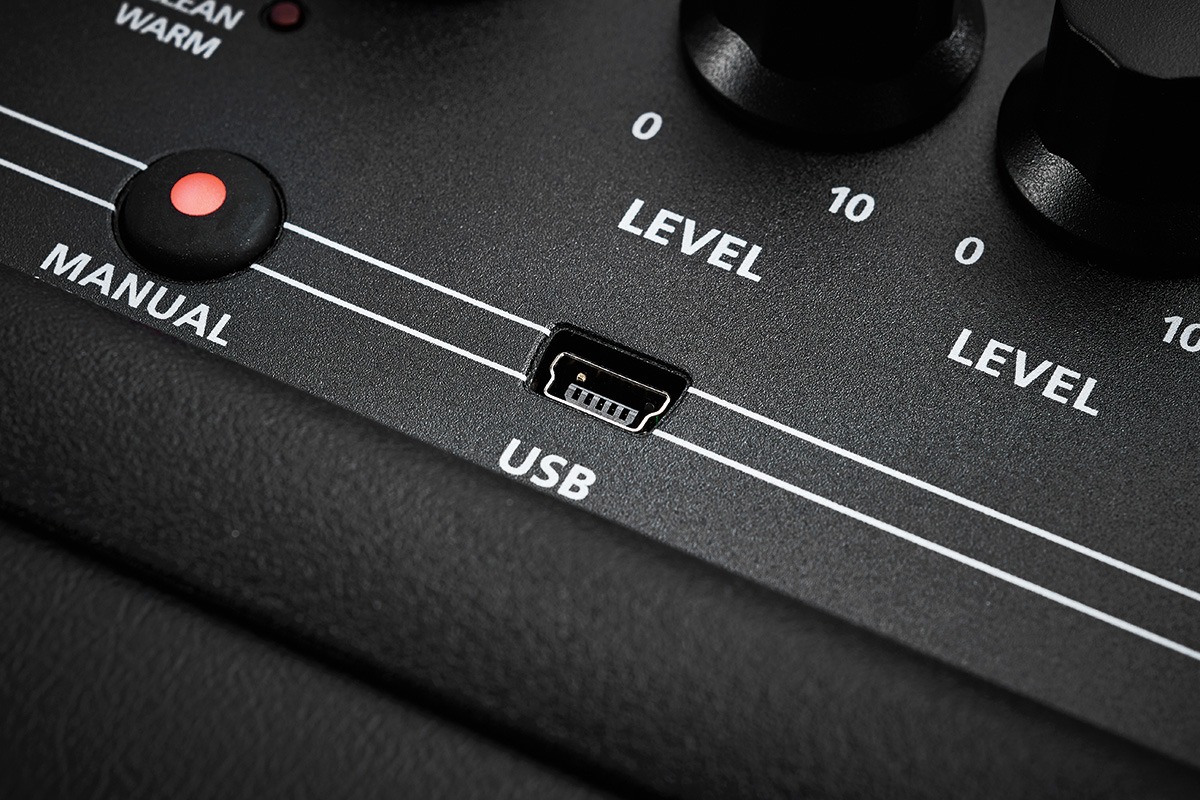
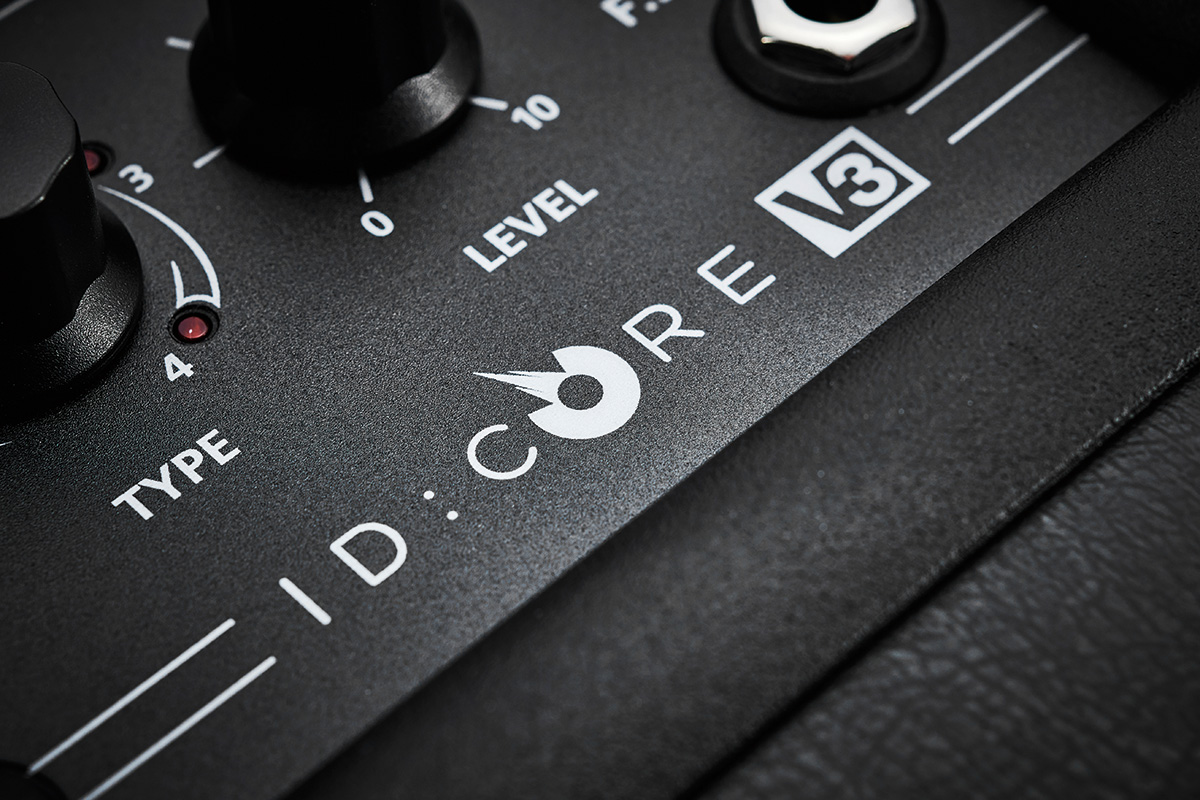
Verdict
With most live music venues still shuttered because of the pandemic, the internet has taken over for the time being as the primary performance space for bands and solo artists.
Many of us have had to learn new broadcast and finance technologies to get our music out there and hopefully earn a crust. Anything to help that is more than welcome, so we think the ID:Core V3’s new streaming feature alone is worth a hefty portion of the asking price.
With the enhanced effects and software app, Blackstar’s upgrade to the ID:Core has once again put the company back into pole position. Aimed at all levels from beginner to seasoned pro, this is a highly compelling choice for studio, home and small gigs.
Specs
- PRICE: $199 / £185
- ORIGIN: UK design, made in China
- TYPE: Digital modelling combo with stereo power stage and built-in effects
- OUTPUT: 2x 20W stereo
- VALVES: None
- DIMENSIONS: 336 (h) x 434 (w) x 185mm (d)
- WEIGHT (kg/lb): 6/14
- CABINET: MDF LOUDSPEAKERS: 2x 6.5” Blackstar special design
- CHANNELS: 6x fully programmable voices/memory slots
- CONTROLS: Voice select, gain, volume, ISF, mod/del/rev select buttons, effects select knob, tap tempo button, hold/store button
- FOOTSWITCH: FS-11 or FS-18, not supplied
- ADDITIONAL FEATURES: Cab Rig/headphones output, line in/streaming jack, USB for recording and connection to the Architect software editor, built-in tuner
- OPTIONS: FS-11 & FS-18 footswitches (both £39)
- RANGE OPTIONS: The ID:Core V3 range includes a 10W 2x3” (non-footswitchable) combo for £119 and 20W 2x5” combo at £155. The FS-11 and FS-18 footswitches are both £39, while the PB-1 rechargeable battery pack costs £60
- CONTACT: Blackstar Amplification
Nick Guppy was Guitarist magazine's amp guru for over 20 years. He built his first valve amplifier at the age of 12 and bought, sold and restored many more, with a particular interest in Vox, Selmer, Orange and tweed-era Fenders, alongside Riveras and Mark Series Boogies. When wielding a guitar instead of soldering iron, he enjoyed a diverse musical career playing all over the UK, including occasional stints with theatre groups, orchestras and big bands as well as power trios and tributes. He passed away suddenly in April 2024, leaving a legacy of amplifier wisdom behind him.
